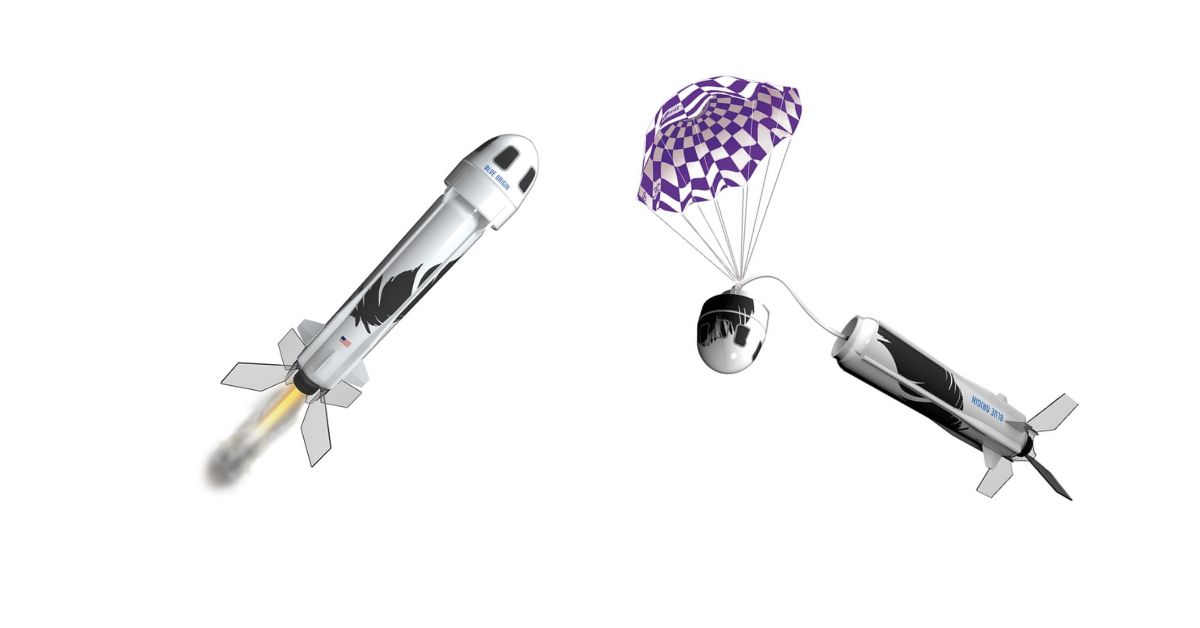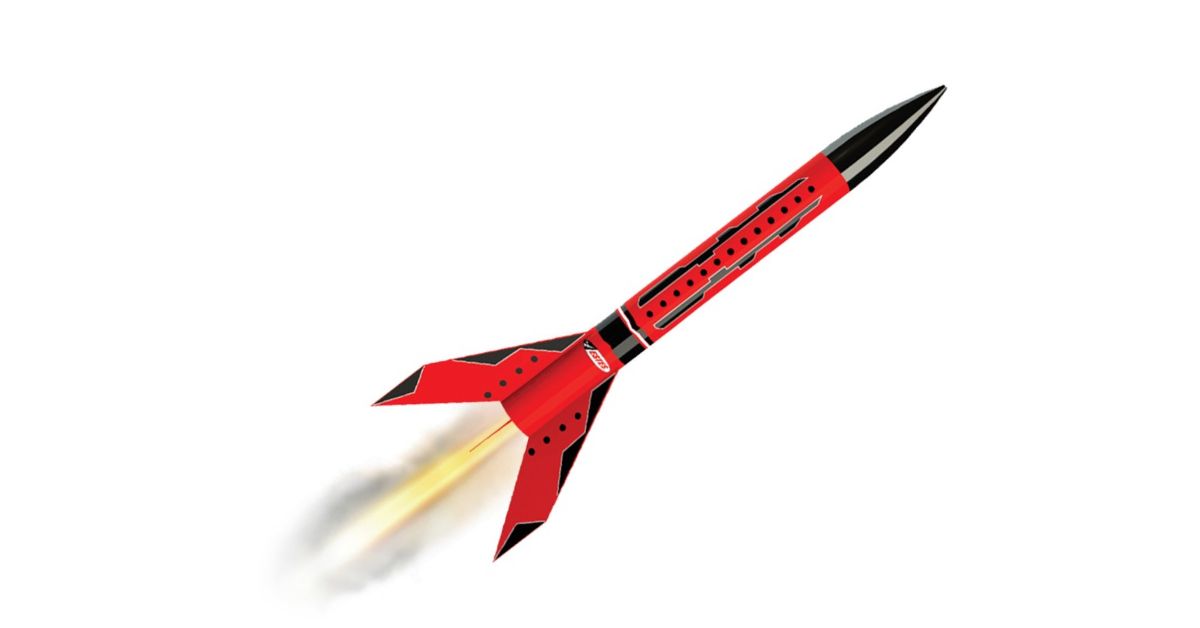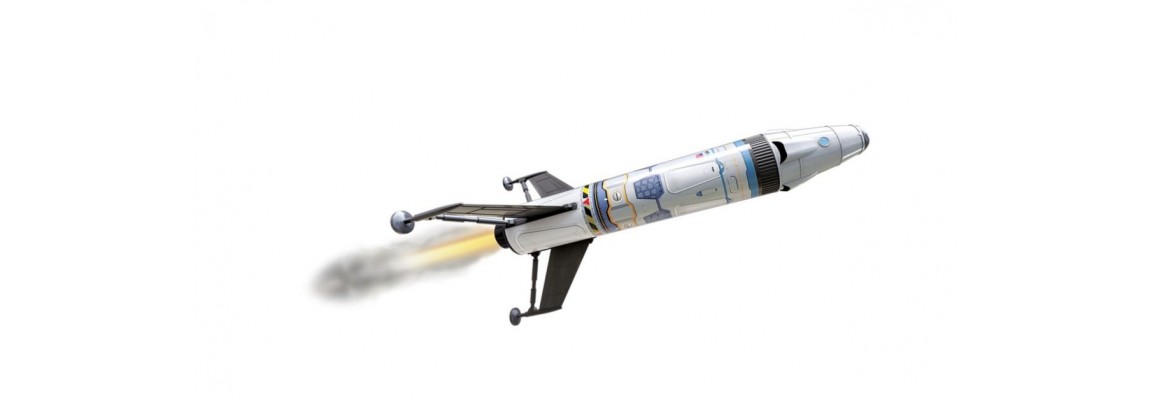Building and launching model rockets is a thrilling hobby that blends physics, engineering, and creativity. One of the most intriguing aspects of rocketry is controlling how a rocket moves. A key factor in this is drag—a force that works against a rocket as it soars through the air.
Whether you’re a parent helping your child with a science project, a STEM educator, or a hobbyist with a passion for model rocketry, you’ll learn everything you need to know about adding drag to a rocket.
What Is Drag?
Drag is a type of air resistance acting on a rocket during flight. It occurs when air pushes against the surfaces of the rocket as it moves through the atmosphere. Alongside thrust, gravity, and lift, drag determines how far, how fast, and how high your rocket travels. Due to a rocket’s speed, this force is magnified.
Since it can slow a rocket, drag is an obstacle in rocketry. Interestingly, there are times when you want drag. Even if you’re an amateur rocketeer using one of our Estes beginner rocket kits, adding drag can stabilize your rocket, control its descent, and make its flight safer.
Why Would You Want To Add Drag?
At first glance, it may seem counterproductive to add drag to something designed to soar through the sky as quickly and efficiently as possible. Here are several reasons why you might want to increase drag on your rocket.
Stability in Flight
Drag can act like a stabilizer for a rocket, helping it maintain its intended trajectory. If your rocket wiggles or veers off course, adding drag can reduce erratic movements caused by air turbulence.
Controlled Descent
Adding drag is essential for slowing down your rocket during its descent. By adding parachutes, for example, your rocket gently lowers to the ground without sustaining damage.
Aesthetic Appeal
Adding drag can make your rocket stand out when participating in rocket design competitions or school contests. While serving a functional purpose, adding drag-inducing streamers or flared fins can give your rocket a unique appearance.
Educational Exploration
Experimenting with drag is a fantastic way to learn about aerodynamics and physics. Adjusting drag in trial-and-error scenarios can help you understand how various forces interact during a rocket’s flight.

Types of Drag in Rocketry
Before jumping into how to add drag, you need to understand the two primary types of drag that affect rockets: parasitic and induced drag.
Parasitic Drag
Parasitic drag occurs when air resists irregular shapes, protrusions, or rough surfaces on the rocket. Fins, nose cones, and small imperfections on the rocket’s surface contribute to parasitic drag.
Induced Drag
Induced drag occurs when air flowing over the rocket’s surfaces generates vortices at the edges. While not as common in rockets as it is in aircraft, induced drag becomes significant if your rocket has unusual wing-like structures.
As you work to manage your rocket’s drag, you’ll need to balance drag in order to achieve your desired flight performance.
How To Add Drag to a Rocket
Finally, the fun part! Adding drag to your rocket is a creative process, and you can do it in many ways. Here are six effective methods to increase drag and fine-tune your rocket’s performance.
1. Add Large Fins
Adding fins is a classic way to manipulate drag. Adding large or wide fins to your rocket increases the surface area that interacts with the air, boosting drag. Also, fins stabilize a rocket to reduce wobbling during its ascent. For optimal stability, make sure the fins are symmetrical and evenly spaced around the body tube.
2. Add Streamers
Streamers are high-drag, low-cost modifications. Made from lightweight materials, such as Mylar or plastic, streamers create drag during descent by fluttering through the air. Plus, you can easily attach them to the rocket’s recovery system.
3. Parachutes for Smooth Landings
When you deploy a parachute, it expands to catch air, maximize drag, and make your rocket land gently. If you want to preserve your rocket for future launches, parachutes are non-negotiable. Large parachutes take up space but create a lot of drag, so experiment with parachute sizes to find the right fit.
4. Use Flared Shapes
Bulbous or flared shapes at specific points on your rocket can increase drag. For instance, you can modify the rocket’s tail with a flared skirt that catches the air as it climbs. This method is common in advanced model rocketry competitions.
5. Surface Texture Matters
Did you know that rough or uneven surfaces can increase drag, too? While most rockets have smooth finishes to minimize drag, adding a textured or matte surface can have the opposite effect. With this method, you can explore how minor design details affect drag.
6. Add Air Brakes
Air brakes are small, retractable panels that activate during flight. They increase drag temporarily, allowing you to control the rocket’s speed. Even though this method requires more technical skill, it’s a fantastic project for advanced hobbyists or budding aerospace engineers.

Best Practices for Managing Drag
While adding drag can improve stability and control, too much drag could compromise your rocket’s altitude and speed. Follow these best practices to achieve balance:
- Make modifications one at a time, and test their impact during successive launches. Keep a flight log to record results.
- Adding too much drag increases the rocket’s weight, which can lower its performance. Use lightweight materials when possible.
- Streamlined designs with balanced drag will keep your rocket aerodynamic and stable. Randomly adding features could lead to decreased performance.
Get Creative With Your Next Launch!
Adding drag to a rocket is a science and an art. Now that you’ve read up on everything you need to know about adding drag to a rocket, you’re ready to start customizing your model rocket!
Every modification you make is a step forward in learning about the incredible forces that govern flight. Rocketry is all about exploration and fun, so don’t be afraid to experiment, fail, and try again—that’s where the real magic happens! To get started on your next rocket, head over to our website and find the perfect kit for your needs.


